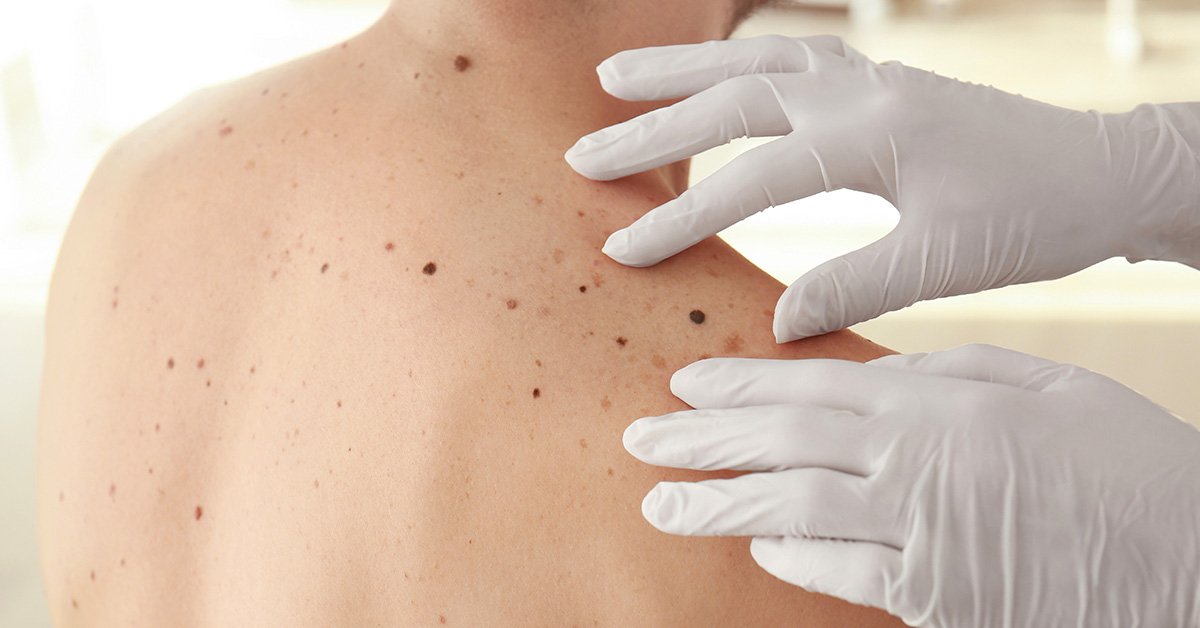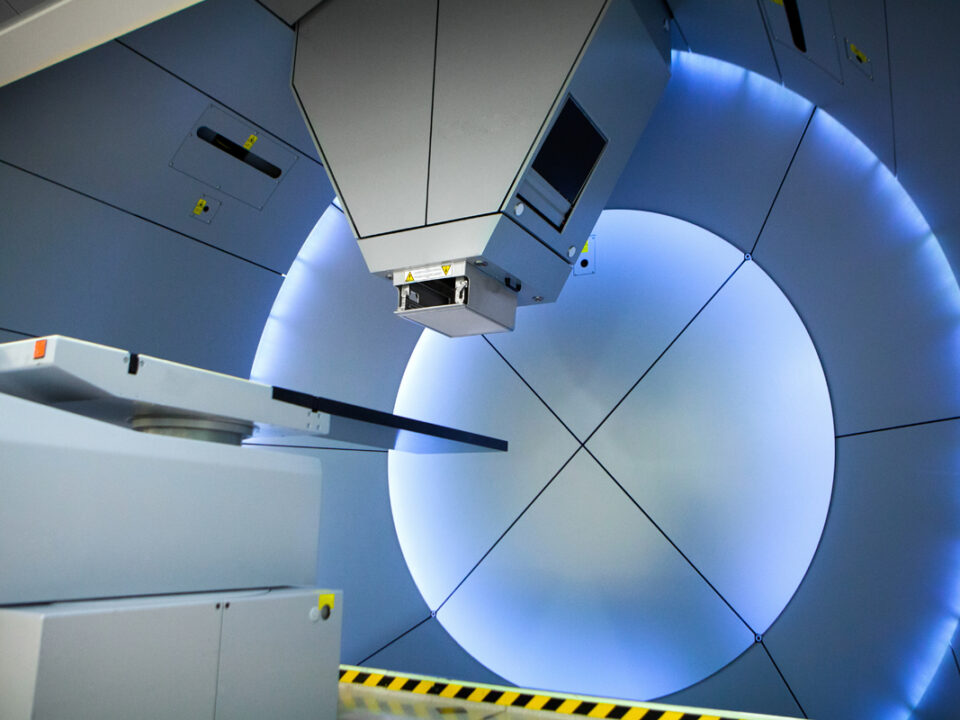In its broadest sense, cancer is the abnormal growth of cells in some part of the body. Skin cancer is the most frequently diagnosed in the US. At some point, it will affect one out of five Americans. Skin cancer is typically divided into melanoma and non-melanoma categories. Non-melanoma skin cancers are most commonly called squamous cell or basal cell carcinomas, depending on the type of skin cell affected. “Melanomas are pigmented lesions that develop in a specific type of skin cell called melanocytes, which produce pigment,” describes Todd Pezzi, MD, a radiation oncologist at Advocate Radiation Oncology. “Melanomas have a more serious prognosis and are treated more aggressively than non-melanoma skin cancers. They are more likely to spread, and the mortality rate for melanomas is higher than non-melanoma skin cancers.” There are certain factors that put a person at a higher risk for developing skin cancer. “Exposure to ultraviolet light is the biggest risk factor, and that can occur via the sun or through tanning beds,” Dr. Pezzi points out. “People who are immunocompromised, such as those who have received an organ transplant, have an autoimmune disease or are taking certain medications, also have a significantly higher risk.” Other risk factors include having lighter shades of hair, fairer skin that burns easily, a family or personal history of skin cancer, and a large number of moles on the body.
Treatment Options
In the US, the most common treatment for skin cancer is surgery, either a localized procedure for lower-risk lesions or Mohs surgery for higher risk lesions. “Mohs surgery is a special type of excision performed by specially trained Mohs surgeons,” Dr. Pezzi informs. “It removes the skin cancer and at the same time allows the physician to assess in real time what’s called the margin status. That’s a way to confirm that the cancerous lesion has been removed in its entirety. “Mohs surgery has an excellent success rate, in the high 90 percentile. That means a very small percentage of patients will have the disease recur.” Radiation therapy can be used for patients who aren’t surgical candidates or refuse surgery, or have cancerous lesions in areas that may require a disfiguring surgery (e.g., eyelids, tip of the nose, ears). Radiation therapy can also be used following surgery for lesions with a high risk for recurrence. “Radiation therapy can be done in different ways. Most commonly it is done with an electron beam, which is a way of delivering radiation that stays at the skin,” Dr. Pezzi educates. “The radiation damages the DNA of the cancer cells, and they die off. “A major benefit of radiation therapy over surgery is that it is noninvasive. Radiation oncologists don’t have to cut patients to provide the treatment. “Patients don’t even need an IV for radiation therapy. And we have very high success rates for curing skin cancer, well into the 90 percent range.” Prevention of skin cancer involves limiting UV light exposure, wearing a mineral-based sunscreen, doing routine skin self-exams and formal skin screenings by a physician.








Leave a Reply